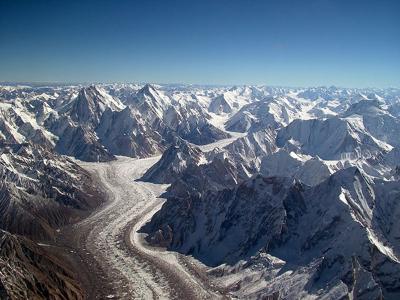Water maker
by Alexis
(Allen Nebraska USA)
All you have to do is get a black piece of trash bag or any other black wrap and then you have to get clear wrap.
Then get three jars and fill them with 4 pieces of ice. On one jar put the black wrap, on another jar put the clear wrap and on the third jar leave it uncovered.
Put a heat lamp over it. On the first day do it for 5 minutes on the second day do it for 10 minutes and on the third day do it for 15 minutes to record which color makes the ice melt faster. Make sure each jar has a chance to be closest to the heat lamp.
Go Allen Eagles Science! If you have any questions email me at ssciencefactss@yahoo.com thank you :)
Barry's Response - Anybody care to guess what the results of this one would be?
All else being equal one would expect the principle of albedo to dictate the winner.
We call the ability of a surface to reflect light energy its albedo. We calculate albedo by dividing reflected radiation by the incident (incoming) radiation. A value of zero indicates a totally dark surface where all energy is absorbed, while a '1' indicates total reflection, during which the temperature would not increase under any light intensity. Albedo also determines how well the object radiates energy.
Furthermore, albedo is a function of the wavelength. So, while the object in question may completely absorb one set of wavelengths, it may reflect another. This is how all objects have a visible colour. It's also how something can reflect all visible light and absorb infrared or some other band.
In climatology, albedo takes a role in almost all assessments. For instance snow cover reflects nearly all incoming sunlight but radiates infrared quite well, thus keeping the locale colder than it would be if no snow were present.
Thank you for this inspiration, Alexis.
Search this site for more information now.
Do you have concerns about air pollution in your area??
Perhaps modelling air pollution will provide the answers to your question.
That is what I do on a full-time basis. Find out if it is necessary for your project.
Have your Say...
on the StuffintheAir facebook page
Other topics listed in these guides:
The Stuff-in-the-Air Site Map
And,
Thank you to my research and writing assistants, ChatGPT and WordTune, as well as Wombo and others for the images.
GPT-4, OpenAI's large-scale language generation model (and others provided by Google and Meta), helped generate this text. As soon as draft language is generated, the author reviews, edits, and revises it to their own liking and is responsible for the content.



